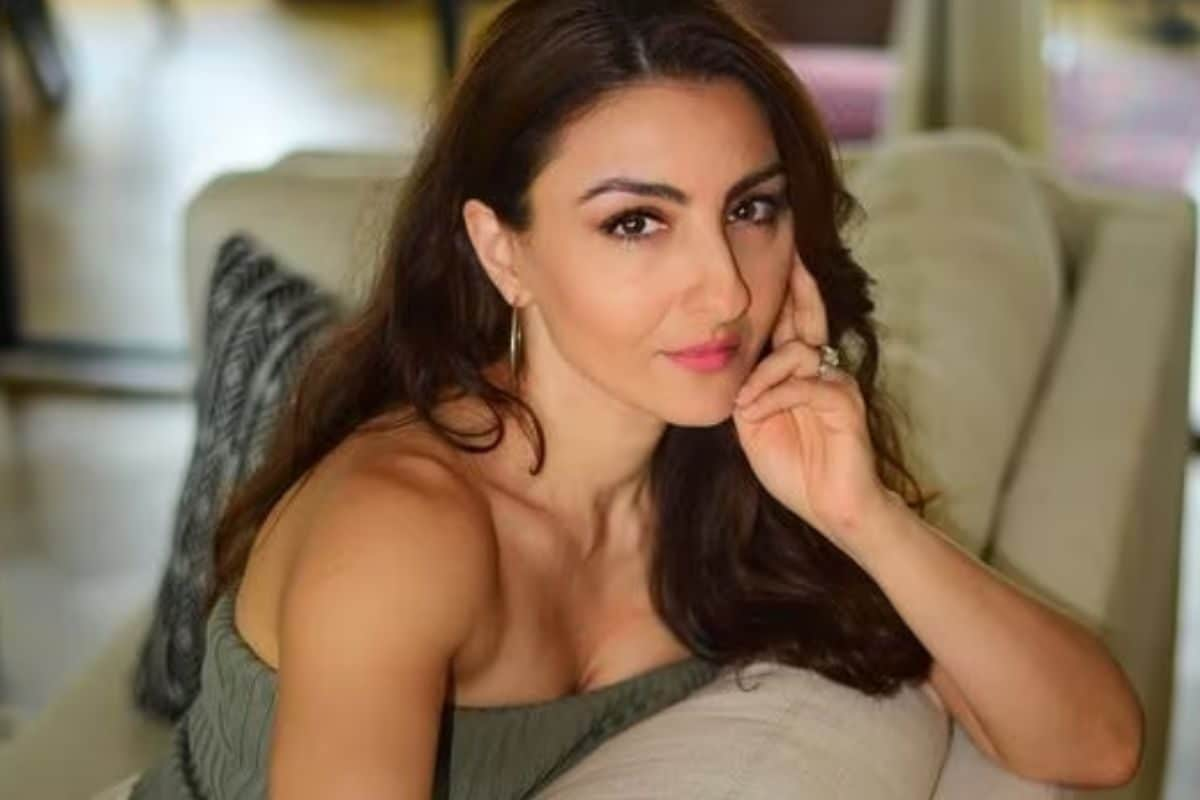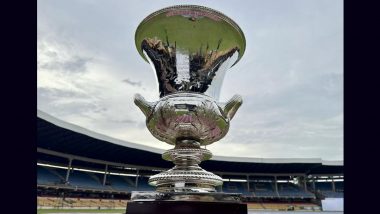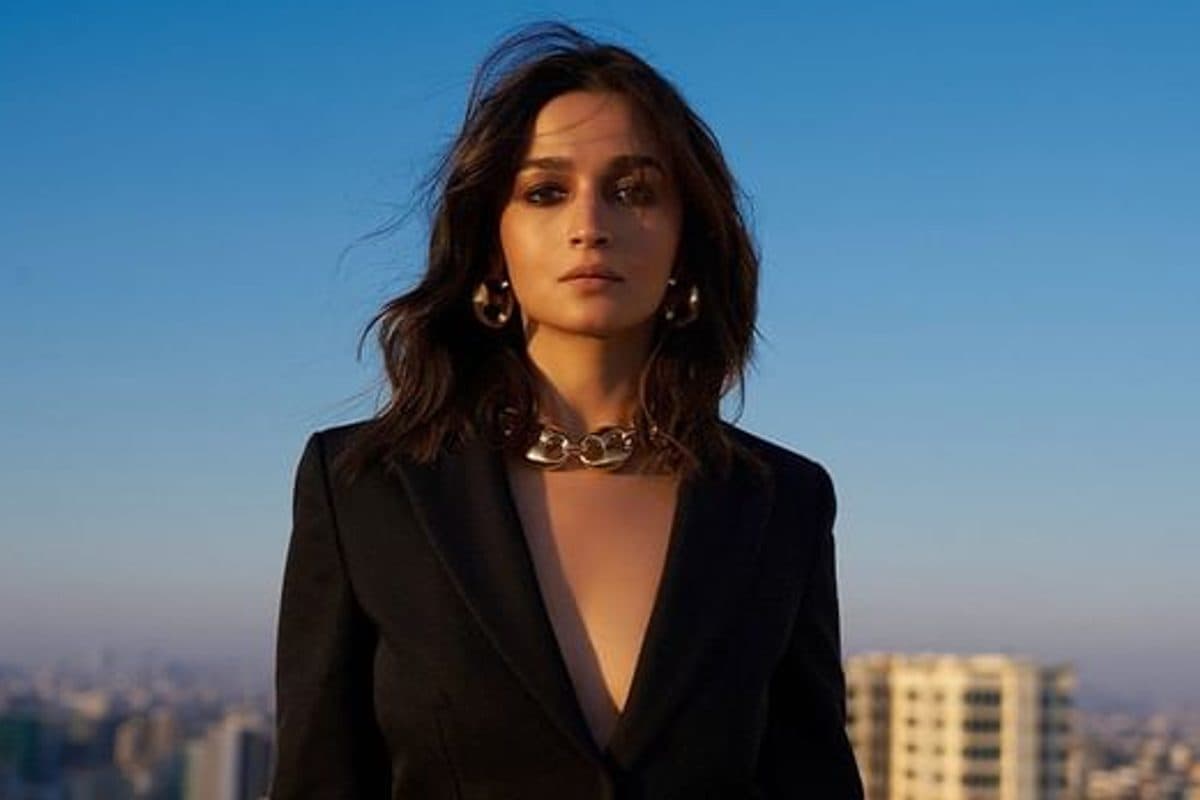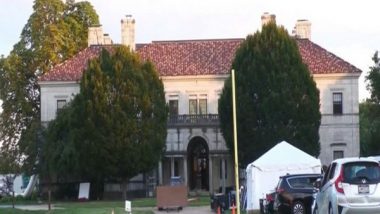In this article, I’ll discuss . But first let’s understand what exactly focal length is. Simply put, it’s the distance between your camera’s lens and the image sensor, usually measured in millimetres.
It’s very important because this distance influences how much of the scene your camera captures and how your subject appears within the frame. From wideangle to telephoto lenses, I will help you understand how choosing the right focal length will significantly improve your . Selecting the right lens for your portraits is crucial.

A lens that’s too wide or too long can dramatically affect the outcome. For example, using a wideangle lens (like 24mm) makes near objects appear larger and distant objects appear smaller so this is why a wideangle lens used for close-up portraits can distort facial features, making noses look larger and ears smaller. On the other hand, a very long lens (like 200mm) can compress features too much, resulting in facial features lacking depth and dimensionality.
– full-body, headshots, or environmental. Typically, on a location portrait shoot I’m aiming to get a mix of all of them so I frequently change lenses as I work. Choosing the wrong focal length can make your subjects uncomfortable with how they look in the photos, so understanding the impact your choice makes is essential.
Full-body portraits often benefit from a 35mm to 50mm lens, offering a balance between subject and background. Headshots are best captured with 85mm to 135mm lenses, which provide flattering perspectives without distorting facial features. Different portrait genres call for specific focal lengths to achieve desired effects.
For environmental portraits, where the background context is important, a 35mm to 50mm lens works well, providing a wider field of view to include surroundings without distorting the subject. For traditional headshots, an 85mm to 135mm lens is ideal as it flatters the face and isolates the subject from the background and creates a nice, creamy bokeh effect. For more creative portraits, like fashion or editorial shots, you might experiment with lenses ranging from 24mm to 70mm.
The wide end can add a dramatic flair and capture more environment, while the longer end maintains subject focus. Knowing which focal length to use can help you create portraits that match the intended style and mood. Understanding focal length is an important skill because it significantly affects your composition.
Wideangle lenses (24mm to 35mm) capture more of the scene, making them great for environmental portraits or group shots. However, you’ll need to work harder on your composition and be aware that these lenses can distort edges, making subjects near the frame’s border appear stretched or skewed. Standard lenses (50mm) offer a natural perspective, similar to what the human eye sees, making them versatile for various types of portraits.
Telephoto lenses (85mm to 200mm and beyond) reduce the field of view, compress the background and bring subjects closer, providing a flattering, focused look perfect for headshots and close-ups. Perspective changes with focal length: wider lenses exaggerate distances, making backgrounds seem further away, while longer lenses compress the scene, making background elements appear closer. This compression is often flattering for portraits, providing a more natural and pleasing look.
Have a look at the three images above of the boy and the bridge and study how the focal length dramatically affects the size and balance of elements in the scene. The 24-70mm f/2.8 is a wonderfully versatile zoom lens, perfect for portrait photography and indeed many other genres.
It offers the flexibility to shoot wide environmental portraits or tight headshots. Its constant f/2.8 aperture provides great low-light performance and beautiful background blur at longer focal lengths.
In tight spaces there will be some distortion at the 24mm end but that’s acceptable as long as your subject isn’t on the edge of the frame. The 50mm f/1.4 lens is a useful portrait prime providing a natural perspective similar to the human eye.
Its wide aperture can deliver stunning bokeh and softly blurred backgrounds while performing well in low light. Remember to move your feet to allow for wider compositions. For more budget-friendly options consider 50mm f/1.
8 lenses. The 85mm f/1.4 lens is a portrait classic, known for its flattering perspective that minimises facial distortion.
Its wide f/1.4 aperture delivers wonderful subject isolation and beautiful, creamy bokeh, making it perfect for headshots and close-ups – but it can also be used for lovely environmental shots if you have the room. Again, the f/1.
8 alternatives are fantastic for lower budgets. The 135mm f/1.8 lens excels when you have room to manoeuvre, and I love using it in architectural locations because it doesn’t distort the perspective.
However, it is also stunning in ‘messier’ environments because the wide f/1.8 aperture gives lovely separation and exceptional background blur. Prime lenses have a fixed focal length, offering superior image quality and wider apertures, which can create beautiful background blur (bokeh) and perform better in low light.
Common prime lenses for portraits include 50mm, 85mm, and 135mm. Zoom lenses, on the other hand, provide versatility with a range of focal lengths in one lens, like a 24-70mm or 70-200mm. This flexibility is handy for photographers who need to quickly adjust framing without changing lenses.
Better- quality zooms can have a constant maximum aperture whilst a variable-aperture lens changes its aperture as you zoom in and out, meaning that the maximum aperture changes depending on the focal length you set. Zoom lenses often have narrower maximum apertures compared to primes, potentially affecting depth of field and low-light performance. Both types have their merits, and the choice depends on your specific needs, shooting style and budget.
Some portraits benefit from the photographer being close to their subject for interaction and direction. Equally this could be uncomfortable in more intimate scenarios like couple portraits. I love working with an 85mm lens both indoors and outdoors.
On location you have the flexibility of being able to create beautiful headshots as well as full-body environmental portraits and everything in between. I like using longer focal lengths in meadowy locations such as these scenes, because it softens the grass and isolates the subject. Depth of field is also affected by focal length.
Longer lenses (telephotos) generally offer a shallower depth of field at the same aperture, helping to blur out distracting backgrounds and keep the focus on the subject. This control over depth of field allows photographers to emphasise the subject and create visually appealing images. Word of warning – if you are photographing groups of people then be sure to think about whether everyone is on the same focal plane or if you need to narrow your aperture to give you some additional focus.
Equally, if you want to achieve a more ‘studio’ feel with everything in focus then you will need to really narrow your aperture to at least f/9 on any lens that is 85mm or longer. I hope that by utilising these tips, you’ll be able to choose the right focal length for various portrait situations, ensuring your photos are always flattering, beautiful and impactful. The 70-200mm f/2.
8 is an incredibly versatile lens for a wedding, particularly for large venues or churches. It is very good for the couple portraits which are often a key part of a photographer’s ‘style’. I always reassure my couples that I will shoot the session on ‘long’ lenses to ensure that they have some personal space.
I often use the compression and blur capability of the 70-200mm as shown here, by finding some background and foreground interest and placing them in between the two. You need quite a big distance between these elements – in this image there is probably at least 8 metres. The softness of the rest of the image is further enhanced by the f/2.
8 aperture, so it is important to keep the couple on the same focal plane – easily achieved by asking them to face each other – parallel to the camera. Kate has run her photography business since 2010 ( ) and along with her cinematographer husband, Brent, represents Sony as a European Imaging Ambassador and works closely with Rotolight and Profoto. Together, Kate and Brent are directors of wedding brand byLumiere ( ), commercial content brand Create ( ) and MUSE, a luxury boudoir business ( ).
@katehopewellsmith, @bylumiere, @createwestcountry,@muse_boudoir_uk.



















